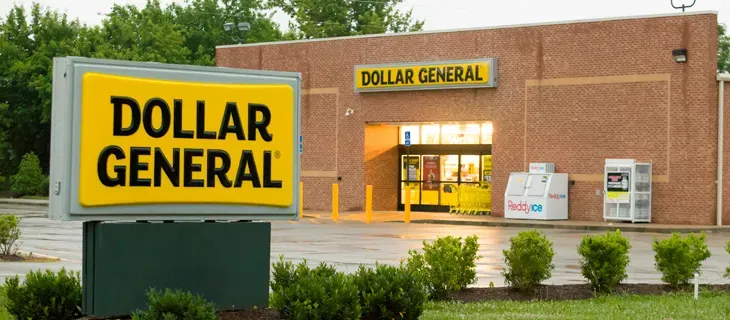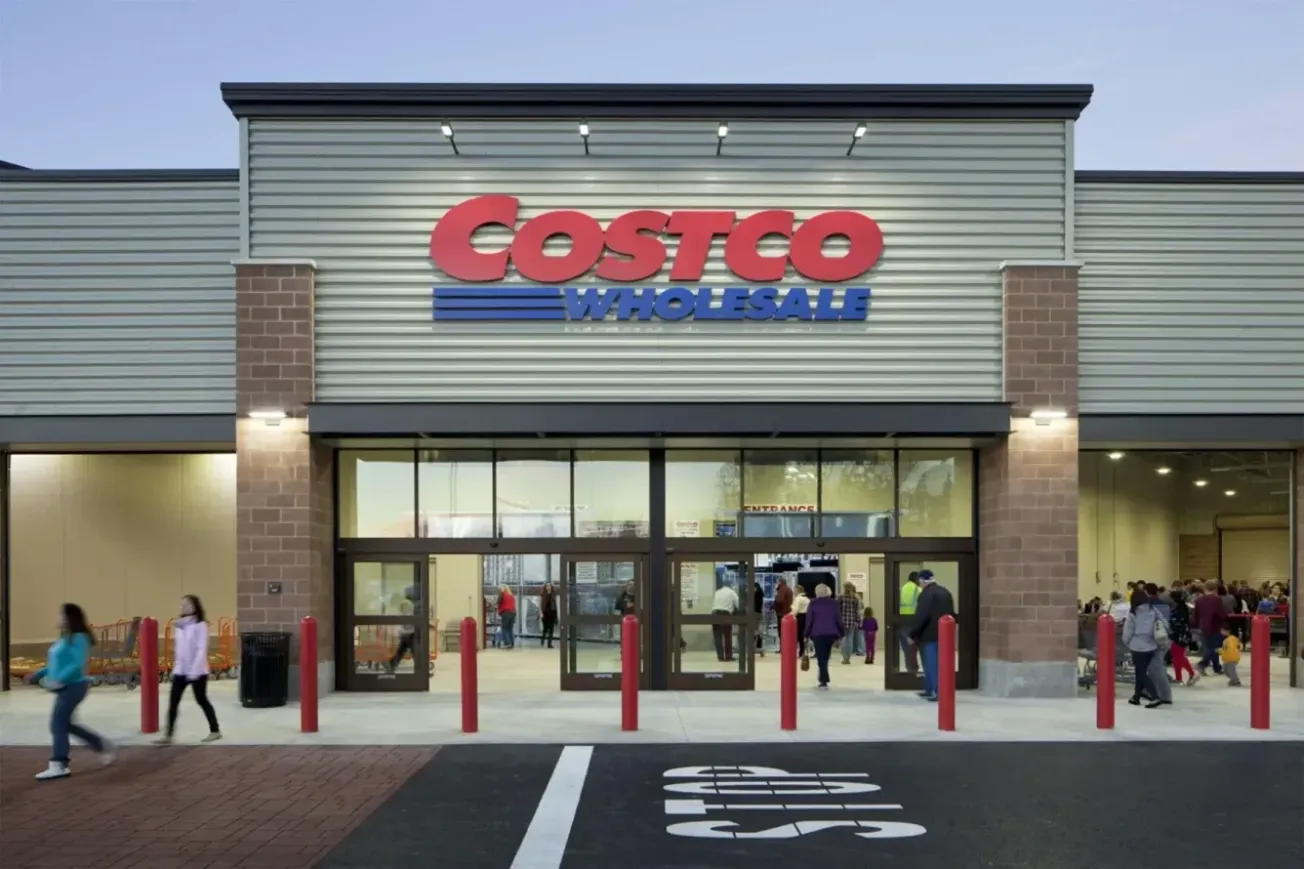Democrats in Congress and critics from other quarters wasted little time in raising concerns about CVS Health’s landmark acquisition of Aetna. If finalized, the $77 billion transaction, which includes the assumption of debt, would bring the pharmacy innovation company — with 9,700 drug stores, 1,100 walk-in medical clinics and a pharmacy benefits management division serving 90 million plan members — together with the nation’s third-largest health insurer. Opponents cited the usual concerns about the vast scale of the combined enterprise and whether its newfound clout might be used to increase costs for consumers.
 The chief architects of the deal, CVS Health president and chief executive officer Larry Merlo and Aetna chairman and CEO Mark Bertolini, paint a very different picture. They see the pending acquisition as a means of giving CVS additional tools to fill gaps in the U.S. health care system. By turning many existing locations into community-based health hubs, and closely coordinating the care administered there with that delivered by physicians and other providers, the combined company intends to set a new standard in terms of expanding access, improving quality and lowering overall expenditures.
The chief architects of the deal, CVS Health president and chief executive officer Larry Merlo and Aetna chairman and CEO Mark Bertolini, paint a very different picture. They see the pending acquisition as a means of giving CVS additional tools to fill gaps in the U.S. health care system. By turning many existing locations into community-based health hubs, and closely coordinating the care administered there with that delivered by physicians and other providers, the combined company intends to set a new standard in terms of expanding access, improving quality and lowering overall expenditures.
CVS and Aetna cited the example of diabetes patients, whose treatment costs the U.S. health care system some $245 billion a year. They would be able to receive in-person counseling at the health hubs between visits to the doctor, as well as benefit from remote monitoring systems that track blood glucose.
“These types of interventions are things that the traditional health care system should be doing, but the traditional health care system lacks the key elements of convenience and coordination that help to engage consumers in their health,” says Merlo. “That’s what’s the combination of CVS Health and Aetna will deliver.”
The idea of creating a “front door to quality health care” is powerful, going to the heart of a persistent problem — the paucity of collaboration between providers in the U.S. As frontline community pharmacists know all too well, patients frequently receive treatment from multiple doctors, who write multiple prescriptions, which are filled at multiple pharmacies. At best the result is duplication of effort and unnecessary costs; at worst it creates conditions that threaten a patient’s well-being. In addition, the model aspires to move as much treatment as possible to the most convenient, cost-effective setting, and free physicians to focus on more-complicated cases.
Health care delivery in the U.S. has to change. The nation now spends $3.3 trillion a year, or 17.9% of gross domestic product, to care for its citizens, according to data just published by the Centers for Medicare and Medicaid Services. That’s already far more per capita than any other country, and the tab continues to climb. Health costs rose a relatively modest 4.3% in 2016, but the pace was still more than double the overall inflation rate.
With its more expansive view of patients, their needs as individuals and the care they receive, the combination of CVS Health and Aetna has the potential to help bend the cost curve, while making health care more convenient and effective. Much can go wrong in an undertaking of this size, but one thing is abundantly clear: Bold, visionary thinking is needed to transform the U.S. health care system. CVS Health and Aetna have risen to the challenge and forged an innovative model that deserves the opportunity to prove its worth in the marketplace.






